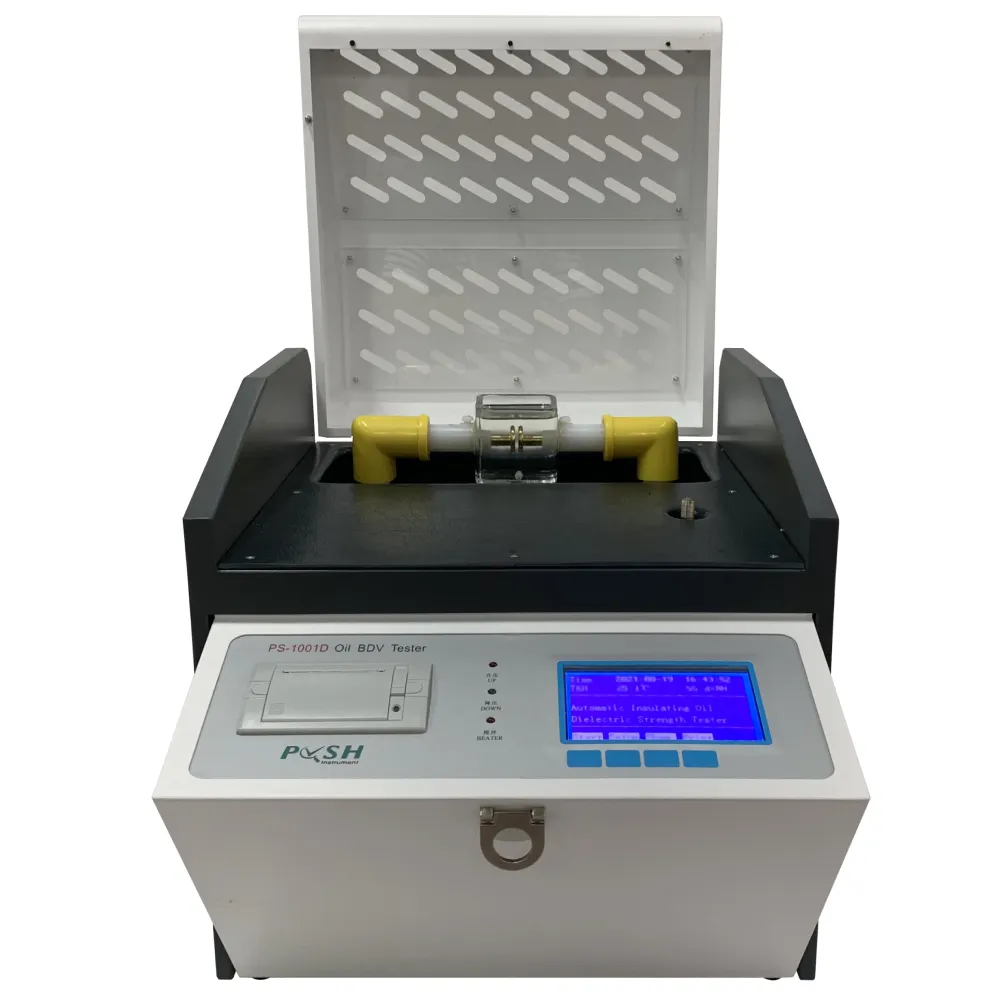 English
English


generator hipot test
Understanding Generator Hipot Testing What You Need to Know
Generator hipot testing, also known as high potential testing, is a crucial procedure in the electrical industry aimed at ensuring the safety and reliability of generators. This test evaluates the insulation integrity of electrical devices, helping to prevent potential failures that could lead to severe consequences, including electrical fires or equipment damage.
Understanding Generator Hipot Testing What You Need to Know
Before conducting a hipot test, it is essential to prepare the generator carefully. This involves disconnecting the generator from any circuit, ensuring that all capacitive loads are fully discharged, and verifying that all safety protocols are followed. Operators must wear appropriate personal protective equipment (PPE) to safeguard against potential hazards.
generator hipot test

The testing procedure usually involves two phases. The first phase is the application of the high voltage, where technicians monitor the current passing through the insulation. An acceptable test result typically shows a very low current, indicating that the insulation is intact. If the current exceeds predetermined limits, it suggests that there may be an insulation breakdown.
The second phase includes a dielectric absorption ratio test, which evaluates the insulating material over time. This step is crucial because it helps determine if the insulation can withstand prolonged exposure to electrical stress.
Generator hipot testing is not only vital for new equipment but also for maintenance practices in existing facilities. Regular testing helps in predicting insulation failure, thereby allowing for proactive repairs and reducing downtime.
In summary, generator hipot testing is an essential process in ensuring the safety and functionality of electrical generators. By identifying insulation weaknesses before they lead to failures, this testing method protects both equipment and personnel, making it a cornerstone of electrical safety protocols.
-
Differences between open cup flash point tester and closed cup flash point testerNewsOct.31,2024
-
The Reliable Load Tap ChangerNewsOct.23,2024
-
The Essential Guide to Hipot TestersNewsOct.23,2024
-
The Digital Insulation TesterNewsOct.23,2024
-
The Best Earth Loop Impedance Tester for SaleNewsOct.23,2024
-
Tan Delta Tester--The Essential Tool for Electrical Insulation TestingNewsOct.23,2024





